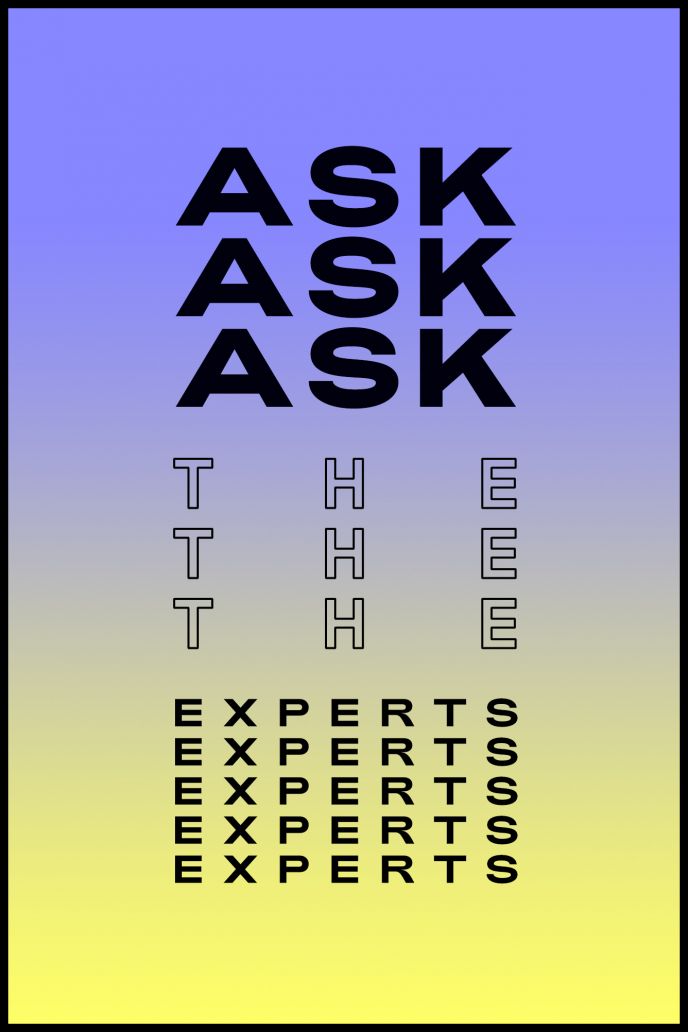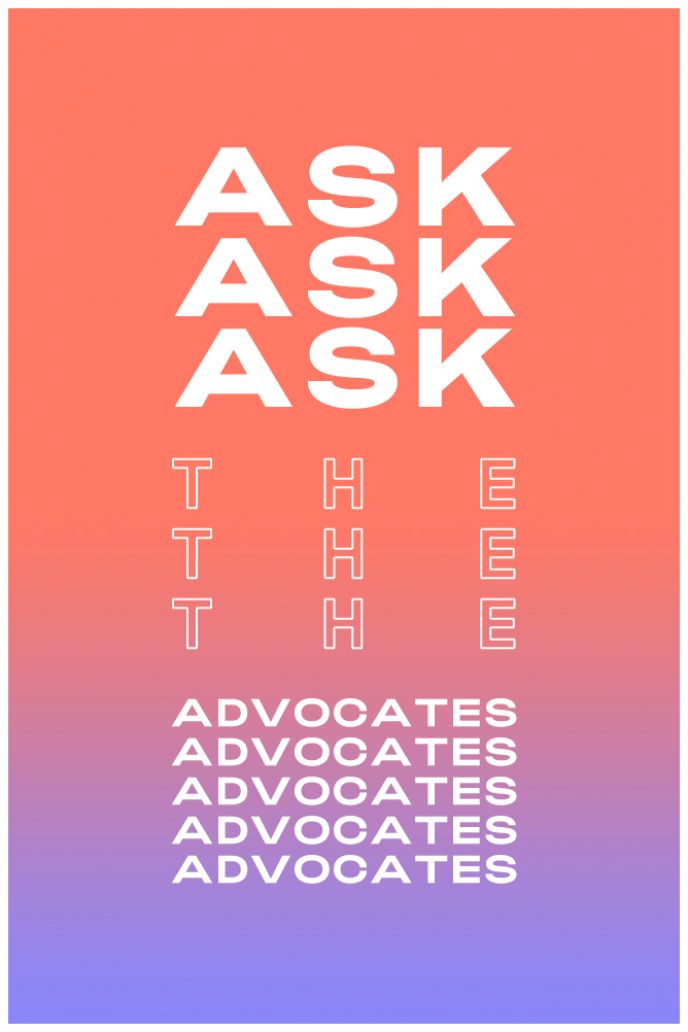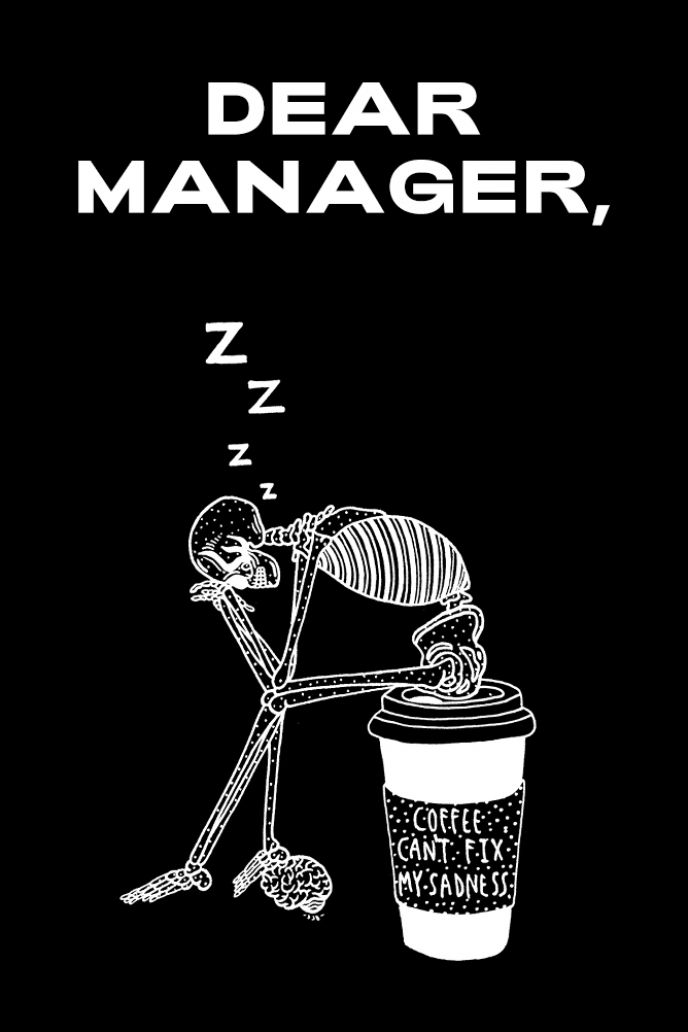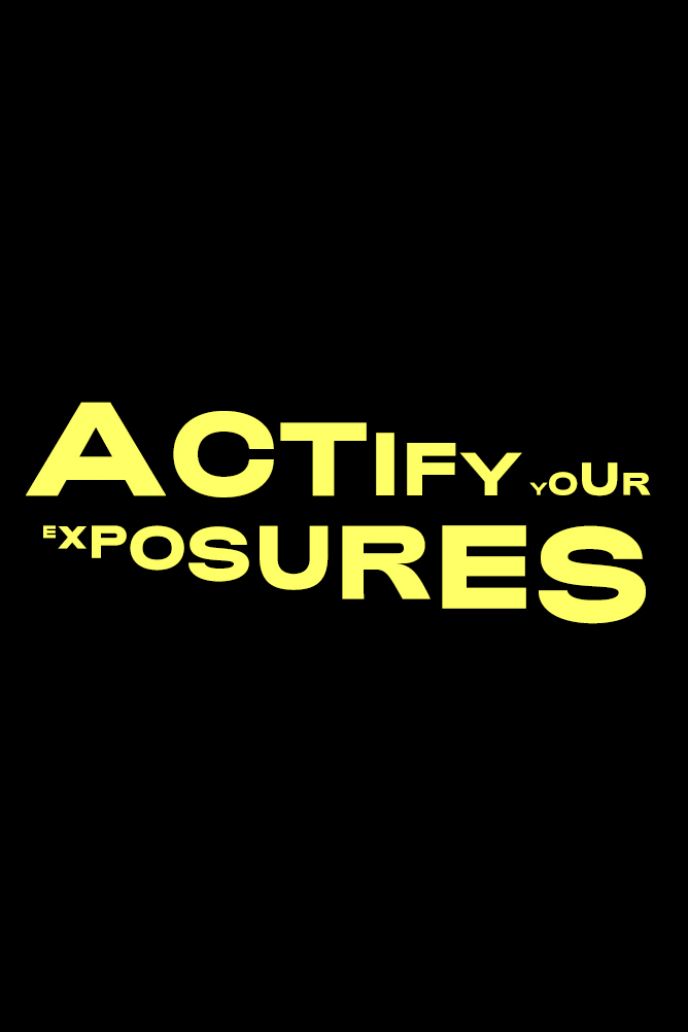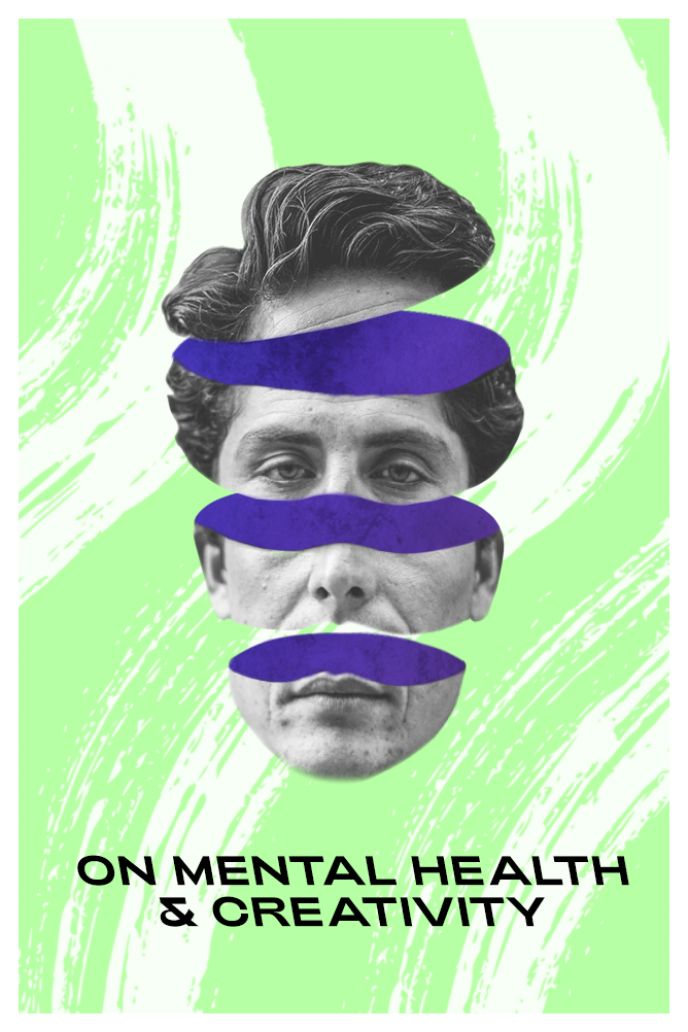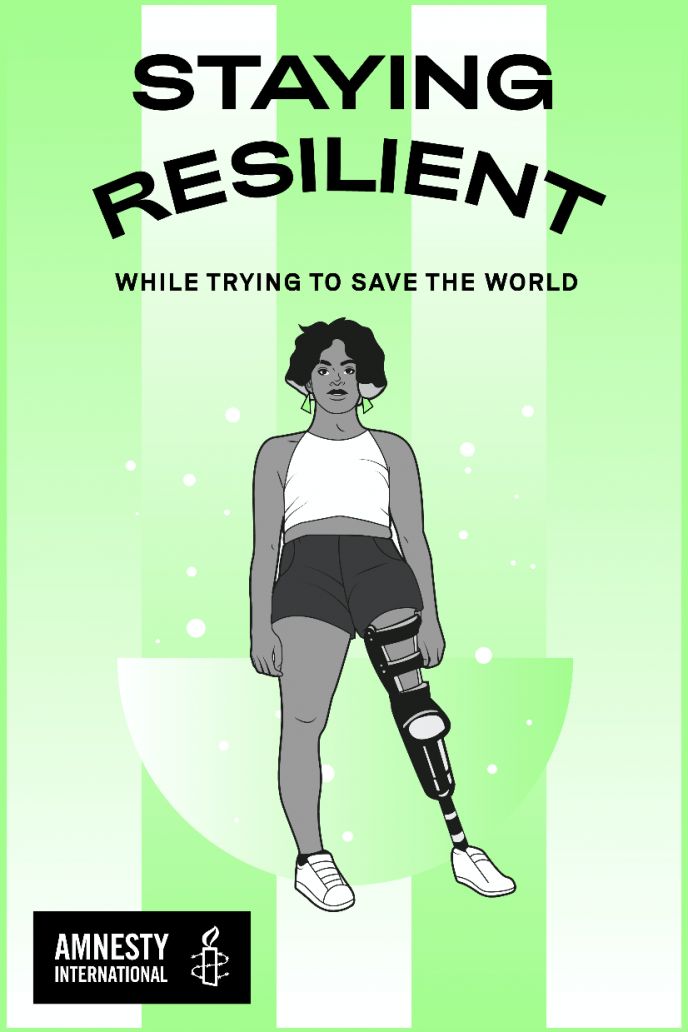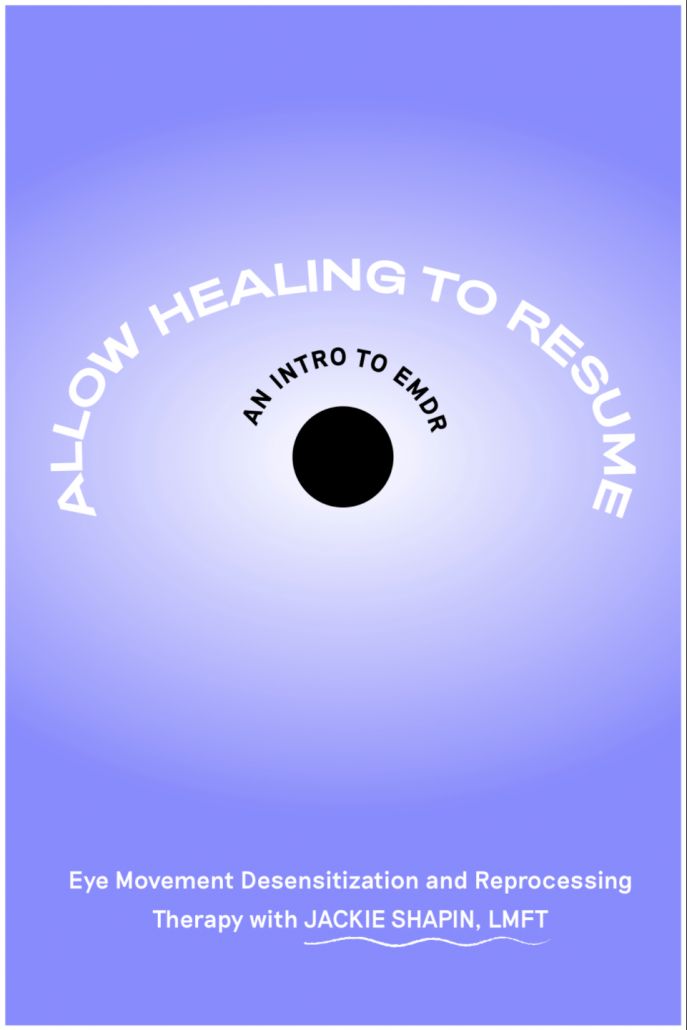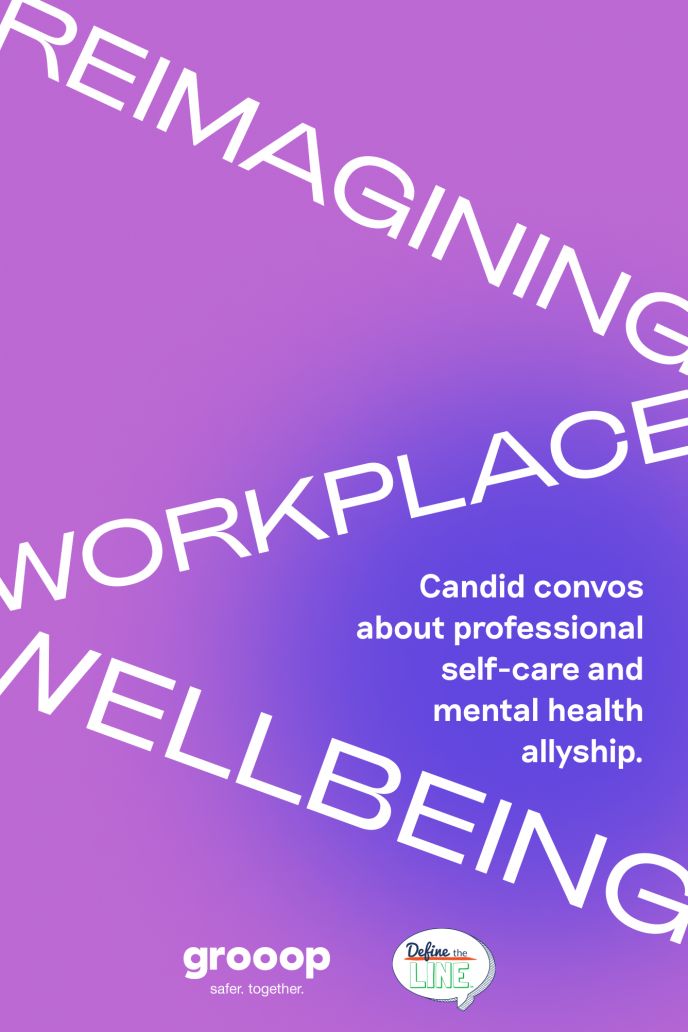Creating a Safe Classroom
Tips for coping with OCD in a school environment for parents, teachers, and students.
Written by Jana K. Hoffman
01 Children with OCD often require some extra attention from teachers and school guidance counselors.
02 Parents should seek professional advice if they think their child is suffering from a mental illness/disorder, and should work with the school to make the appropriate accommodations.
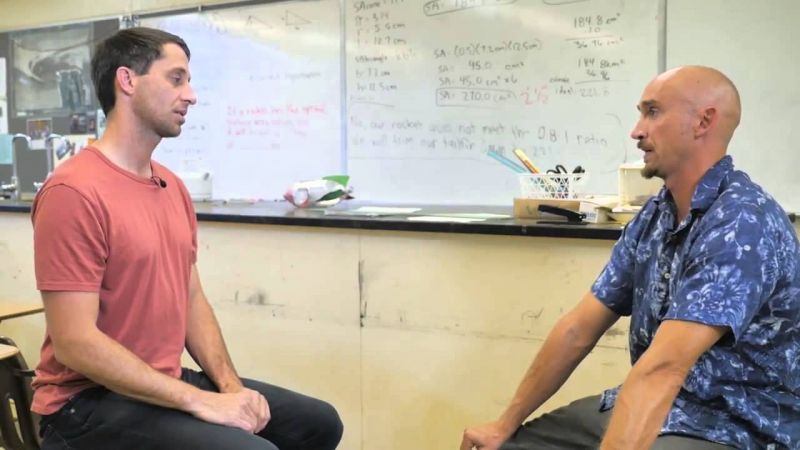
OCD3, Ep9: Creating a Safe Classroom for Mental Disorders, OCD
There’s nothing more important than setting your child up for success in the classroom. Children with OCD or intrusive thoughts will need a little extra attention from teachers and guidance counselors.
If you’re a parent, guardian or teacher and notice your student is struggling, or if you’re a student and notice yourself struggling, there are valuable tools and resources available that can help create a better classroom experience.
Our expert, David Gunderson, recommends that parents, teachers and students take the following steps:
1) Acknowledge that there’s a challenge in the classroom.
2) Seek a behavioral psychologist who can offer a diagnosis. Parents and students can do this through their insurer. However, for those who can’t afford a behavioral psychologist, every student has a legal right to receive an evaluation by a clinical psychologist provided by the school or school district at no cost.
3) Understand the diagnosis provided by the behavioral or clinical psychologist.
4) Talk to the school guidance counselor and request a meeting with your parent/guardian and teachers at the beginning of the school year. During the meeting, discuss modifications, such as using non-verbal signals or setting specific goals, that will help you get through each day more successfully.
Here’s an example:
Let’s say you have a fear of germs. This fear is affecting your behavior in the classroom. Instead of using communal school supplies, you might request to receive your own personal set.
Another good example is nonverbal cues to mitigate stigma and reduce any unnecessary attention that could be drawn to you. For instance, you might place two fingers on your temple to tell the teacher that you’re going to see the guidance counselor.
If, for any reason, these modifications aren’t being honored, you have a legal right to request that they're written into a school plan. This is afforded to all students by the 504 Act or a Special Education plan. For more information about the 504 Act and/or the Special Education plan, visit http://www.ocdeducationstation.org/.
By working together with your school and building a trusting community, you have the ability to rally everyone for your success.
Read full video transcript below:
Aaron Harvey (AH): Dave, thanks for having us down in your classroom today. We're really excited to learn a little bit more about mental health and the classroom. So can we start with a little bit of background? Who are you? What do you do? And how did you get to where you are today?
David Gunderson (DG): So it started with me being passionate about biology. But as a I started to work with kids, you know, I still love the biology, but to me, what’s really important is helping kids and working with kids and helping prepare them for their future science classes and for life and being good people, citizens.
AH: If someone is struggling in the classroom, what's the first step? Kind of maybe walk us through that linear process.
DG: Sure. Definitely talking to a parent or guardian. And then getting a healthcare professional involved outside of the school. That would be the first step. If you don't have insurance, you don't have access to it, a clinical psychologist could be provided by the school.
AH: And how would you go about doing that?
DG: Contacting anyone in the counseling department and talking to them would be a good contact to get ahold of that service.
AH: So what's step two?
DG: Step two would be contacting the counselor at the school and requesting a meeting with all the people involved. The teachers, the parent, counselor and hopefully the student. I think it's really important if the student is there if possible and is part of that decision-making process. And just explaining, what are the special needs of that student before we go into the school year and coming up with that as a group or a team. That's an excellent place to start.
AH: And what if you're met with friction or are overwhelmed that you would have to do this every year as the staff changes?
DG: The student with OCD has a legal right to special services. And so there is a way to pursue that. There's two difference plans. There's a 504 plan and there's a special education called an IEP, Individualized Education Plan. Both of them are different routes. They have their own pros and cons. But at the end, what they result in is a list of modifications or things that we can do as a teacher in the classroom to help support your student. And the modifications that are usually very specific to the student based on their needs.
AH: So if I have, for example, OCD, what might be the types of things that a teacher would do to help me have a better classroom environment?
DG: So, for example, if maybe the issue was a phobia of germs we might have materials in the class, like rulers and scissors that we're using. So instead of having a class set we would have an individual set for that student that they're responsible for. If the student is going to the bathroom to wash their hands maybe four times per class, a goal might be three times during class to go to the bathroom and wash hands. And then we'd do that for awhile, and if it's successful, we'd drop it down to two times. And we'd keep on going until we reduce it to a more appropriate, you know, amount of times.
AH: So this sounds really amazing for someone with observable rituals with OCD, but what about someone with, you know, hidden rituals? Maybe intrusive thoughts? Things that create a lot of distraction and anxiety in their head throughout the day.
DG: I could imagine one of the issues might be just distraction, distractibility and a hard time maintaining focus. And so for that there are some really good modifications. Some of them involve hand signals. So a hand signal could be if you're distracted and overwhelmed maybe I just come by and tap two fingers on the desk. And, you know, this is something we agreed on beforehand so the student is not embarrassed that they're being called out. It's very subtle. That let's them know like "Hey, just refocus." Maybe they're overwhelmed and that's why they're distracted. Maybe they need to go take a break and they need to leave the classroom. Just to take a walk or to see the guidance counselor. And a nonverbal cue they call it would be really appropriate, too, because they could go like this [David places fingers to head, shakes head] and make eye contact with me and walk out the door. And there's no stigma, no embarrassment and they can go take a break or they can go see their counselor.
AH: And you know where he's going.
DG: And you know where they're going. It's really important that team process, sitting around with a group of people that care about this student. Having the student there and vocalizing their needs and saying what helps them in the classroom. Even though those behaviors are hidden, that allows us to know what are the different modifications that will work with that kid. If these are the issues, if these are the triggers, if these are the problems you're having, what are some things we can do help solve it?
About the author
Jana Hoffman is a writer, editor and storyteller based in San Francisco. She is currently working as a copywriter at the Chan Zuckerberg Initiative. Outside of work, she is a trained volunteer for Crisis Text Line and has been open about her experiences with mental health.
Support our work
We’re on a mission to change how the world perceives mental health.





